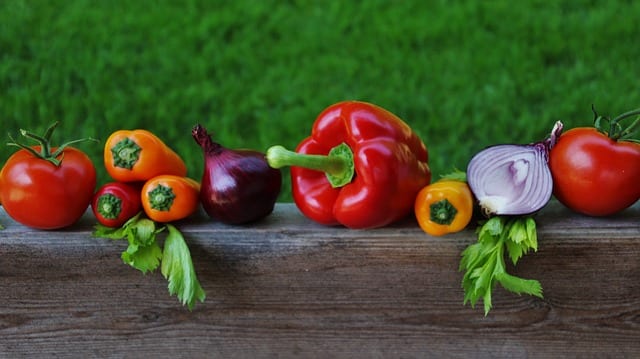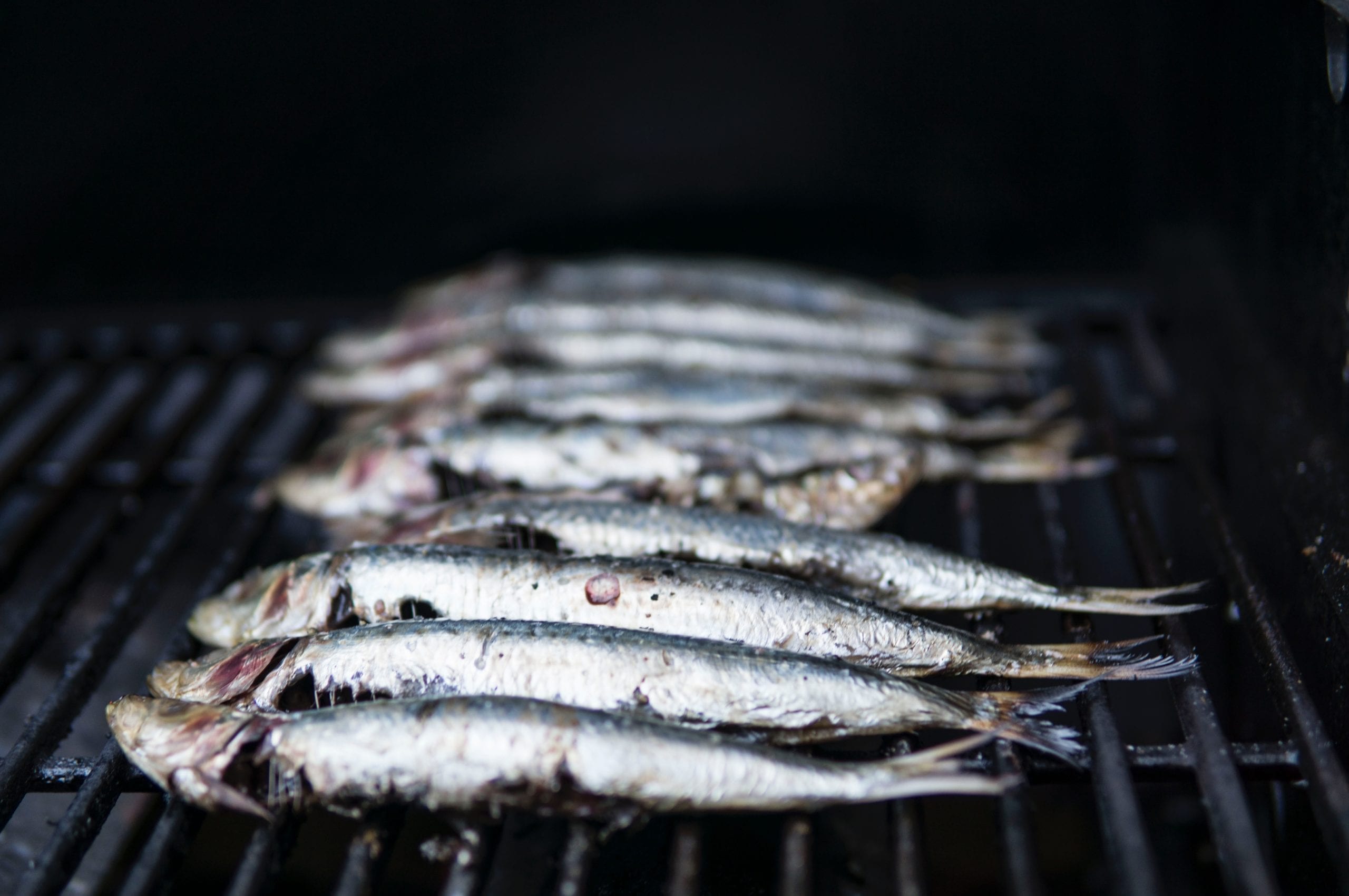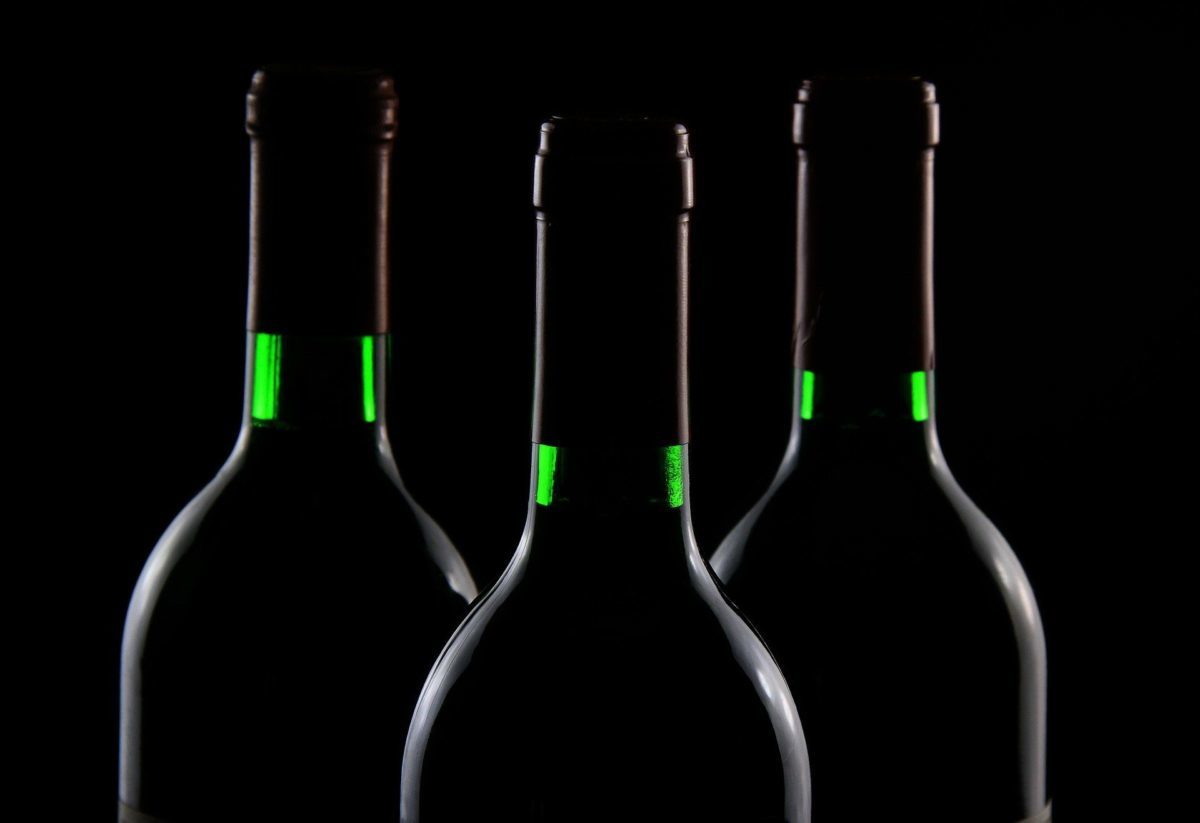Have you ever heard of dioxins? Well, they are toxic compounds that, among other things, found in some foods. Before continuing, remember one thing: these compounds are strictly regulated by the authorities so, as long as the food where it is are consumed conscientiously and without abusing, they are not to be a concern. Even so, it is important to know what the foods we eat contain, so today we will talk about that, about the dioxins in food. Do you want to know more about what you consume? Let's go there!
Dioxins in food, studied and controlled
The truth is that we can find dioxins in most common foods as we will see below. His presence is in the sights of the health authorities for a long time. Its toxicity has been studied to try to reduce it as much as possible so that it does not affect our health. In fact, so much so that they have achieved, little by little, decrease it.

In fact, from the same World Health Organization (WHO), various meetings and conventions have been held to address it. In order to help governments control the level of dioxins in food, WHO created the so-called “Code of Practice for the Prevention and Reduction of Contamination of Food and Feed with Dioxins and Dioxin-like PCBs”.
It is important to emphasize that foods containing dioxins are therefore extremely controlled by the authorities. In fact, it all depends on the best before date to be made of said foods; you have to ingest knowing its properties, without overdoing it. Therefore, from the European Food Safety Authority (EFSA) propose to establish consumption limits taking into account factors such as, for example, weight. Thus, little by little, these measures have evolved until become more restrictive to ensure the health of the population.

What are the foods with the most toxins?
After several studies, some data have been obtained that have drawn more clearly which are the foods or ingredients that contain these dioxins. “We have found these toxic substances in the food analyzed, although in no case are the legal limits exceeded”, Said the Organization of Consumers and Users (OCU).
Chicken, eggs, cheese, butter, olive oil, potatoes, bananas, carrots, chocolate, onion, rice ... these and several other foods are the ones that should "worry". Emphasize that we express it in quotation marks because, if consumed in moderation, they do not have to be subject to concern.
It is curious to observe that where more dioxins are concentrated is in the products of Animal origin -meat, fish, dairy-, which in those of vegetable origin. Therefore, despite eating a balanced diet that contains all kinds of foods, reducing those that come from animals and increasing vegetables could be of great help to ingest less amount of toxins.

How to reduce exposure to dioxins?
It is important, to maintain a healthy diet and free as much as possible of these substances, reeducate eating habits. Especially those of children, which are the most exposed to dioxins -mainly because their weight is much lower, a factor to take into account as we explained before-.
Surely by now you are asking yourself:how can I consume less of these compounds? Well, the most obvious option is to replace a large part of the meat and dairy products with too much fat for proportionate amounts of vegetables, fruits and cereals. The intake of these substances cannot be completely eliminated, it is inevitable; but with a more adequate diet, long-term results are remarkable.
As you have seen, it is a subject that, although not much is said about it, Is the order of the day. The health authorities continue to monitor him, with the assurance that limits are not exceeded. It also follows a comprehensive procedure to try to prevent the food we eat from having high levels of toxins; especially the most processed. It is, as always, about taking care of ourselves through what we eat and taking into account that, the more natural, the more healthy.







